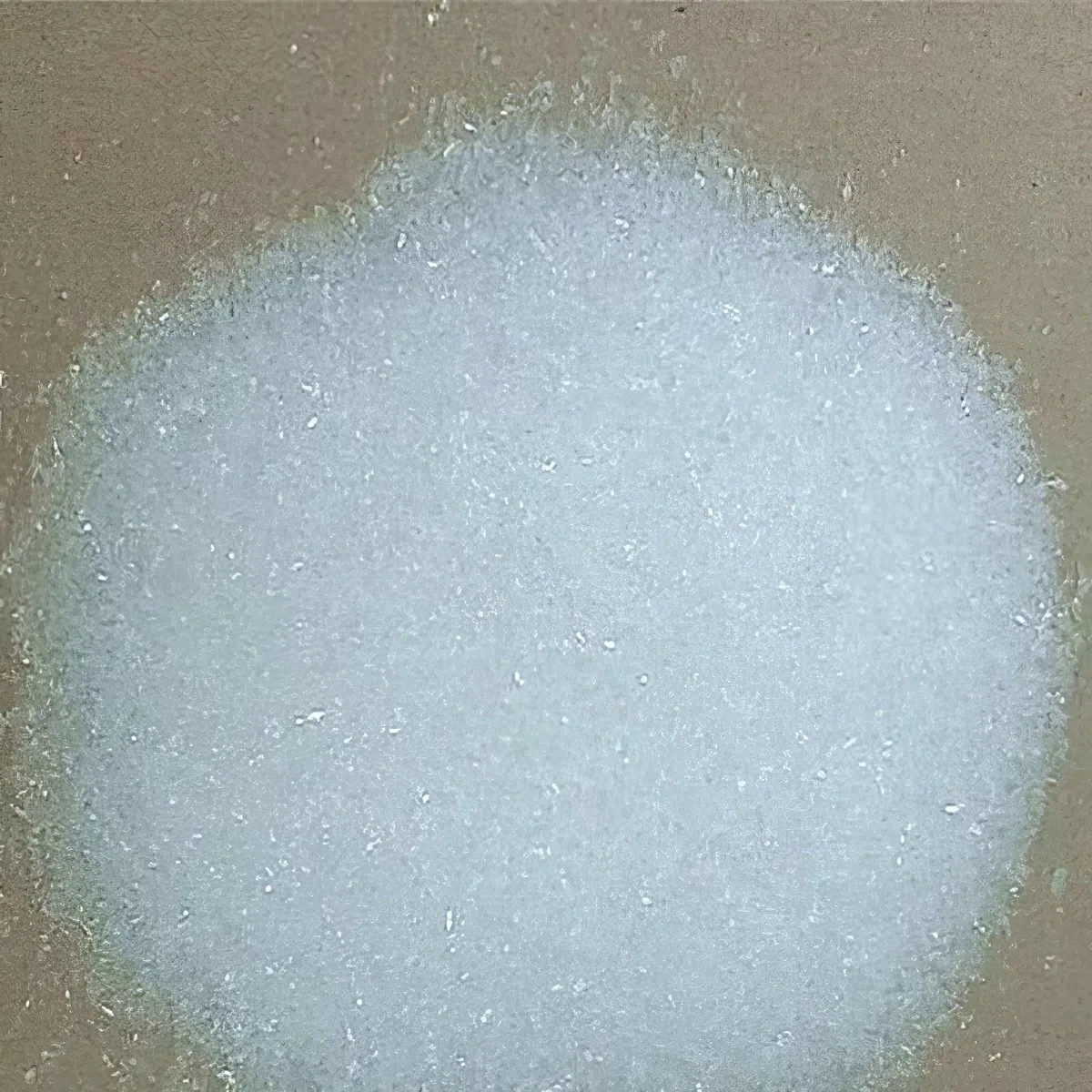



steps to treat pool water
Steps to Treat Pool Water A Comprehensive Guide
Keeping your pool water clean and safe for swimming is essential for both health and enjoyment. Here's a step-by-step guide to effectively treat your pool water and maintain its clarity.
1. Test the Water Quality Before treating your pool, it's crucial to test the water quality. Use a reliable pool water test kit to measure the levels of pH, chlorine, alkalinity, and hardness. The ideal pH level for pool water should be between 7.4 and 7.6, while chlorine levels should be maintained at 1-3 ppm for effective sanitation.
2. Adjust pH Levels If your pH levels are too high or too low, you’ll need to adjust them. To raise pH, add a pH increaser, such as sodium bicarbonate. Conversely, if the pH is too high, use a pH decreaser, typically muriatic acid or sodium bisulfate. Adjust slowly and retest the water to ensure it’s within the desired range.
3. Shock the Pool Shocking your pool involves adding a concentrated dose of chlorine to eliminate bacteria and algae. This process helps to restore water clarity and effectively removes chloramines (combined chlorine). For regular maintenance, shock your pool every 1-2 weeks, or after heavy usage or rainfall.
steps to treat pool water

4. Balance Alkalinity and Calcium Hardness Total alkalinity should be kept between 80-120 ppm to help stabilize pH levels. Use an alkalinity increaser if levels are low. Calcium hardness, which should be kept between 200-400 ppm, prevents corrosion and scale buildup. Calcium increaser can be added if levels are low.
5. Clean the Pool Regular cleaning is vital to maintain pool water quality. Skim and vacuum the pool weekly to remove debris, leaves, and dirt. Clean the filter according to the manufacturer’s instructions to ensure it operates efficiently.
6. Maintain Water Circulation Proper water circulation helps distribute chemicals evenly and prevents stagnation. Run your pool pump daily for at least 8-12 hours, ensuring that the water circulates adequately.
7. Regular Monitoring Finally, consistently monitor the water chemistry and balance the chemicals as needed. Regular maintenance and adjustments will ensure that your pool remains a safe and enjoyable environment for everyone.
In conclusion, regularly testing, adjusting, shocking, and cleaning your pool keeps the water clear and sanitizes it effectively. Follow these steps, and you’ll enjoy sparkling clean water all season long!
-
Why Sodium Persulfate Is Everywhere NowNewsJul.07,2025
-
Why Polyacrylamide Is in High DemandNewsJul.07,2025
-
Understanding Paint Chemicals and Their ApplicationsNewsJul.07,2025
-
Smart Use Of Mining ChemicalsNewsJul.07,2025
-
Practical Uses of Potassium MonopersulfateNewsJul.07,2025
-
Agrochemicals In Real FarmingNewsJul.07,2025
-
Sodium Chlorite Hot UsesNewsJul.01,2025










